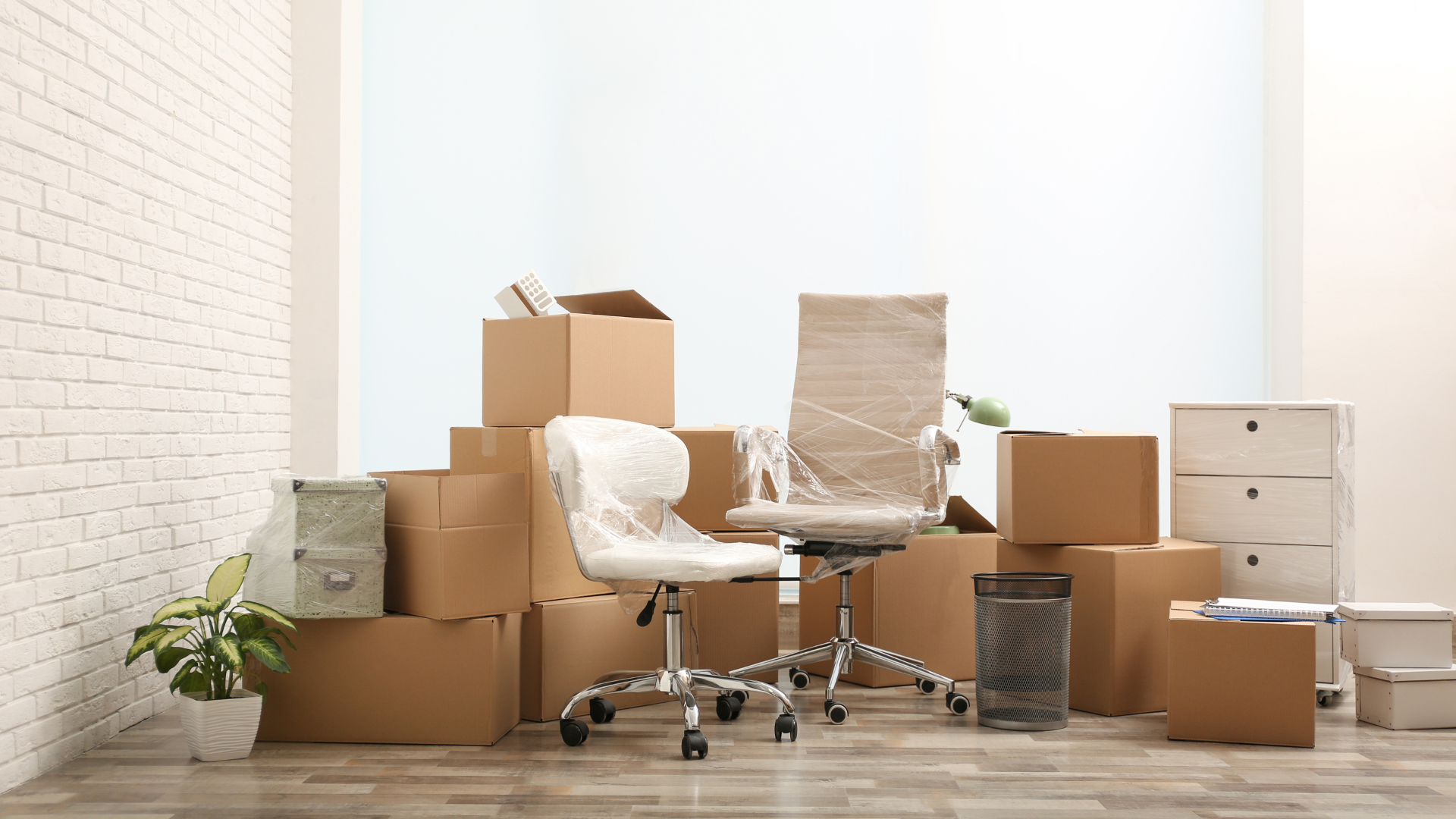Maximizing Your Moving Boxes: A Guide to Packing and Protecting Your Belongings

If you’re preparing for a move, chances are you’re feeling overwhelmed by the sheer amount of stuff you have to pack and transport to your new home. One way to make the process a little easier is to use the right types of moving boxes for each of your belongings. In this guide, we’ll go over the different types of boxes and what they’re best used for, so you can pack efficiently and protect your belongings during the move.
Small Boxes
Small boxes, also known as “book boxes” or “medium boxes,” are great for packing lighter items like books, and small kitchen gadgets. They’re also a good size for packing linens and towels. These boxes typically measure about 16x12x12 inches and can hold up to 30 pounds.
Medium Boxes
Medium boxes, also known as “standard boxes” or “large boxes,” are slightly larger than small boxes and are perfect for packing heavier items like pots and pans, dishes, and small appliances. These boxes usually measure about 18x18x16 inches and can hold up to 50 pounds.
Large Boxes
Large boxes, also known as “extra large boxes” or “oversized boxes,” are ideal for packing bulky items like pillows, comforters, and blankets. They’re also great for packing items like toys or clothes that you want to keep together in one place. These boxes usually measure about 20x20x20 inches and can hold up to 65 pounds.
Dish Barrel Boxes
Dish barrel boxes are specifically designed to safely transport your dishes and glassware during a move. They have a series of dividers inside the box that help keep each dish separate and prevent them from breaking or chipping. These boxes are typically medium to large in size and can hold up to 50 pounds.
Wardrobe Boxes
Wardrobe boxes are a great option for moving clothes that are still on hangers. These boxes have a built-in bar on the top of the box that allows you to hang your clothes directly from the box, just like you would in a closet. This helps keep your clothes wrinkle-free during the move and makes it easier to unpack once you reach your new home. Wardrobe boxes are usually large in size and can hold up to 50 pounds.
Mirror/Picture Boxes
Mirror and picture boxes are specifically designed to protect your fragile items during a move. These boxes have extra padding and support to prevent your mirrors, artwork, and other fragile items from breaking. They’re usually medium to large in size and can hold up to 50 pounds.
Specialty Boxes
There are also a variety of specialty boxes available for specific items like wine bottles, plants, and golf clubs. These boxes are tailored to the unique needs of these items and offer extra protection to ensure they arrive at your new home in one piece.
Packing Tips
Now that you know the different types of boxes and what they’re best used for, here are a few tips to keep in mind as you pack:
-
Use smaller boxes for heavier items and larger boxes for lighter items. This helps distribute the weight evenly and makes the boxes easier to lift and carry.
-
Don’t overpack your boxes. It’s tempting to try to fit as much as possible into each box, but this can make the boxes too heavy and difficult to carry. Stick to the weight limits listed above and use additional boxes if necessary
-
Label your boxes. It’s important to label your boxes with the contents and the room they belong in. This will help you stay organized and make it easier to unpack once you reach your new home.
-
Use packing materials to protect your belongings. Bubble wrap, packing peanuts, and newspaper are all great options for protecting your fragile items. Don’t skimp on packing materials – it’s better to be safe than sorry when it comes to protecting your belongings during a move.
-
Use sturdy boxes. Cheap or flimsy boxes are more likely to break or fall apart during the move, so it’s worth it to invest in good quality boxes that can withstand the rigors of a move.
Conclusion:
Packing for a move can be overwhelming, but using the right types of boxes for each of your belongings can make the process a little easier. By following the tips in this guide, you can ensure that your belongings are properly protected during the move and make unpacking a breeze once you reach your new home. If you need additional manpower, you can hire professional movers from Caddy Moving to help with your move Happy moving!
